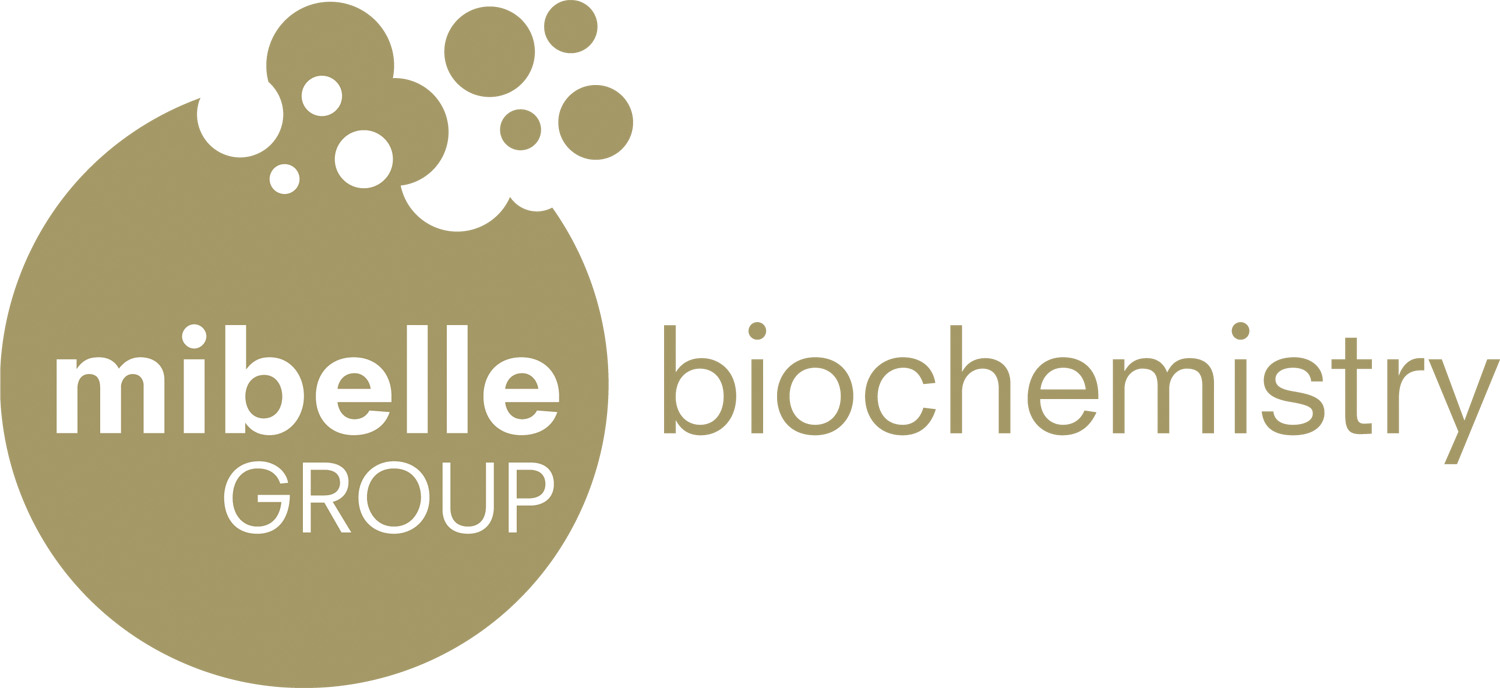Crocodile oil, snake venom and snail agitation might seem like some of the most extreme ingredients to use in skin care products. But it’s true that these exotic ingredients have been harnessed by beauty brands for their anti-ageing and wellness properties.
If nothing else, the use of these extraordinary ingredients shows manufacturers’ dedication to finding the secret to younger looking skin while the fountain of youth remains a mystical entity. So, if beauty brands are willing to tap into ingredients such as these, what are the potential threats to other rare, plant-based ingredients that do not have to be extracted from the jaws of a toothy predator.
-Like so much of the natural world, much has been driven to the brink of extinction at the hands of humans from over-picking and manufacturing, and the beauty sector is no innocent party. Just five years ago, Vietnam's government began clamping down on cosmetics being made from endangered ingredients, such as the critically endangered Magnolia grandis.
Magnolia bark has been used in traditional Chinese medicine for centuries, but it has been acclaimed for its antimicrobial, antibacterial and anti-inflammatory effects. This has made it a prime ingredient to be used in supplements, while German beauty supplier Axemo Cosmetics has noted the ingredient to work efficiently against acne-causing bacteria without irritating the skin.
Speaking to Cosmetics Business Sarah Pocock, Programme Officer, Plant Conservation, Fauna & Flora International says illegal logging is one of the primary contributions to Magnolia grandis’ demise.
“Illegal logging for the timber trade, along with conversion of forest to rice paddies, farms and pastures, threaten Vietnamese populations of this species. Cultivation of cardamom in the habitat of Magnolia grandis also impairs the tree’s natural regeneration, with farmers removing young seedlings to favour the cardamom crop.”
And with so few wild individuals remaining of the Magnolia grandis, Pocock notes a key challenge is strengthening populations: “The sowing of seeds in the nurseries helps with this, and helps generate that connection between the trees and the community, which helps aid protection in the future.”
Technology lends a hand
Conservation projects are one way to ensure the survival of rare ingredients, but given the uphill battle against socio-economic factors, more technical methods have been adopted by brands to ensure rare ingredients can meet the demands of beauty’s upward trajectory without damaging their long-term survival.
One well documented rare ingredient used in cosmetics for its anti-ageing properties is the Uttwiler Spätlauber Swiss apple.
“This old Swiss apple breed was cultured in the 18th century. But today only a few trees are left,” the CEO of cosmetics manufacturer Mibelle Biochemistry, Fred Zülli, tells Cosmetics Business. But, interested in its properties which protect cell regeneration, Mibelle Biochemistry found a way to cultivate this rare ingredient by using stem cell technology.

The Uttwiler Spätlauber Swiss apple
Using its PhytoCellTec technology – which can be applied to other rare ingredients – the team was able to create a stem cell culture using only a few apples, meaning no damage was caused to crop numbers and the team had an abundant supply of Uttwiler Spätlauber Swiss apple.
“Mibelle only received a few apples from the harvest of the Uttwiler Spätlauber,” adds Zülli.
“Starting from these apples, a callus culture of de-differentiated cells could be established after a few years of research. Based on this callus culture, all the PhytoCellTec Malus Domestica production could be made for many years without touching the rare apple trees again.”
Mibelle Biochemistry is also working to plant more of the apple trees in its native Switzerland. “We are collaborating with some farmers to plant and regrow further Uttwiler Spätlauber trees to ensure this tree will not be extinct,” Zülli notes.
Rooting around
Also making use of technology to extract rare ingredients without damaging the plant’s existence is chemicals firm Clariant. By using its Plant Milking technology, which allows the firm to explore generally inaccessible plant extract without killing the tree, Clariant has been able to extract its anti-ageing ingredient Prenylium, a unique Morus alba tree root extract.
This ingredient is harnessed from the root of a white mulberry tree and can be applied to anti-ageing creams, plumping serums, dermal matrix prevention care and rejuvenation night creams.

Morus alba tree root
“The highly sustainable, 100% traceable and eco-friendly process focuses on an innovative aeroponic, soilless system that stimulates roots to produce targeted molecules in higher quantities than those found in their natural environment,” Clariant’s Julie Droux, Senior Technical Marketing Specialist, tells Cosmetics Business.
“Plants are nourished with a nutrient solution sprayed onto the roots, which enriches the roots in specific and rare active compounds.
“Roots are then cut and extracted, and are given the ability to regrow between each harvest. The mulberry roots can thus be harvested several times a year without damaging the plant.”
Droux also explains that fewer parts of the plant are needed in order to develop the ingredient, reducing stress on the plant to regrow: “Few plant resources are needed to create the active ingredient. Active compounds are stimulated to get enhanced phytochemical profile, and roots regrow after harvesting.”
Not only does this technology give Clariant the edge to extract rare ingredients sustainably, it also means these compounds can be manufactured on a mass scale.
Living in harmony
Turmeric, shiitake mushrooms, vitamin C and CBD have all had their moment in the beauty spotlight over the last three years. And constant innovation in the sector is driving companies to find the pièce de résistance in the saturated beauty market.
And with the beauty sector expected to reach a global value of US$758bn by 2025, the question remains if brands and nature will be able to live in harmony as demand hits record highs. The fate of many rare ingredients will depend on manufacturers’ ability to keep innovating and ensure that these compounds are not put under pressure.
“As a cosmetic ingredient manufacturer, we have to make sure to act well while guaranteeing the supply,” adds Droux.
“Consumers are feeling more and more engaged towards the products they buy, in terms of sourcing origin, transparency, natural resources quality and protection. Thus, they might be more attracted by ingredients produced using an ethical approach.
“In order to protect rare ingredients sourcing, technologies must exist that allow the increase of active content level among cultivated plants.”


